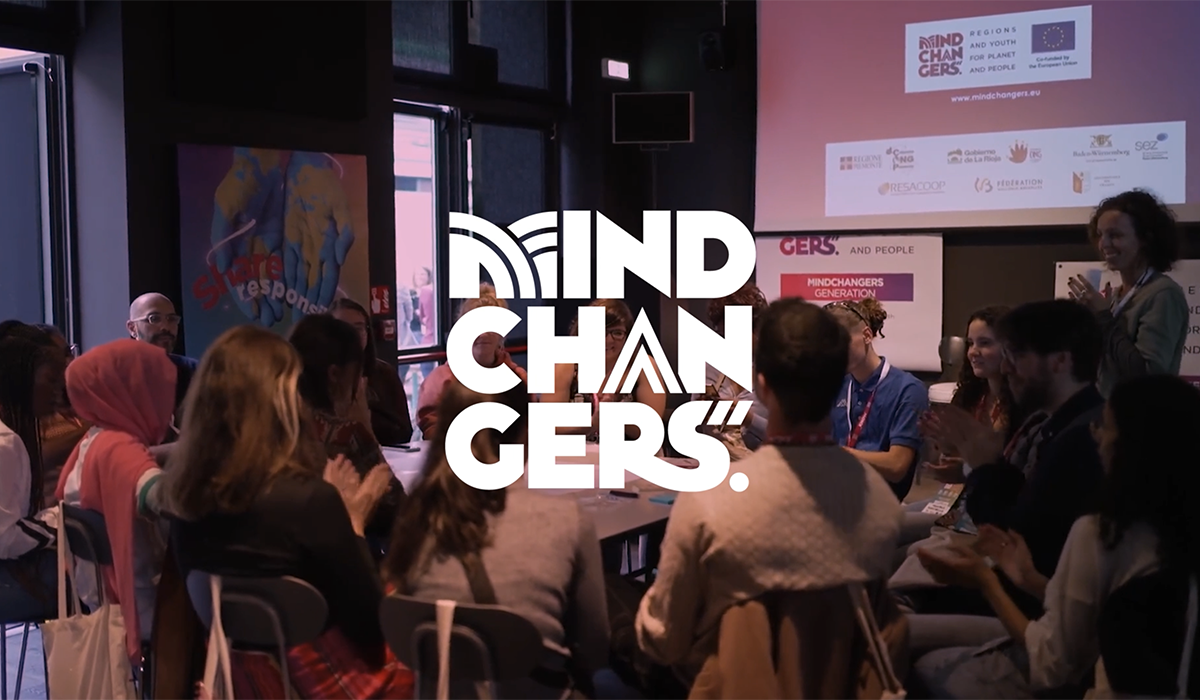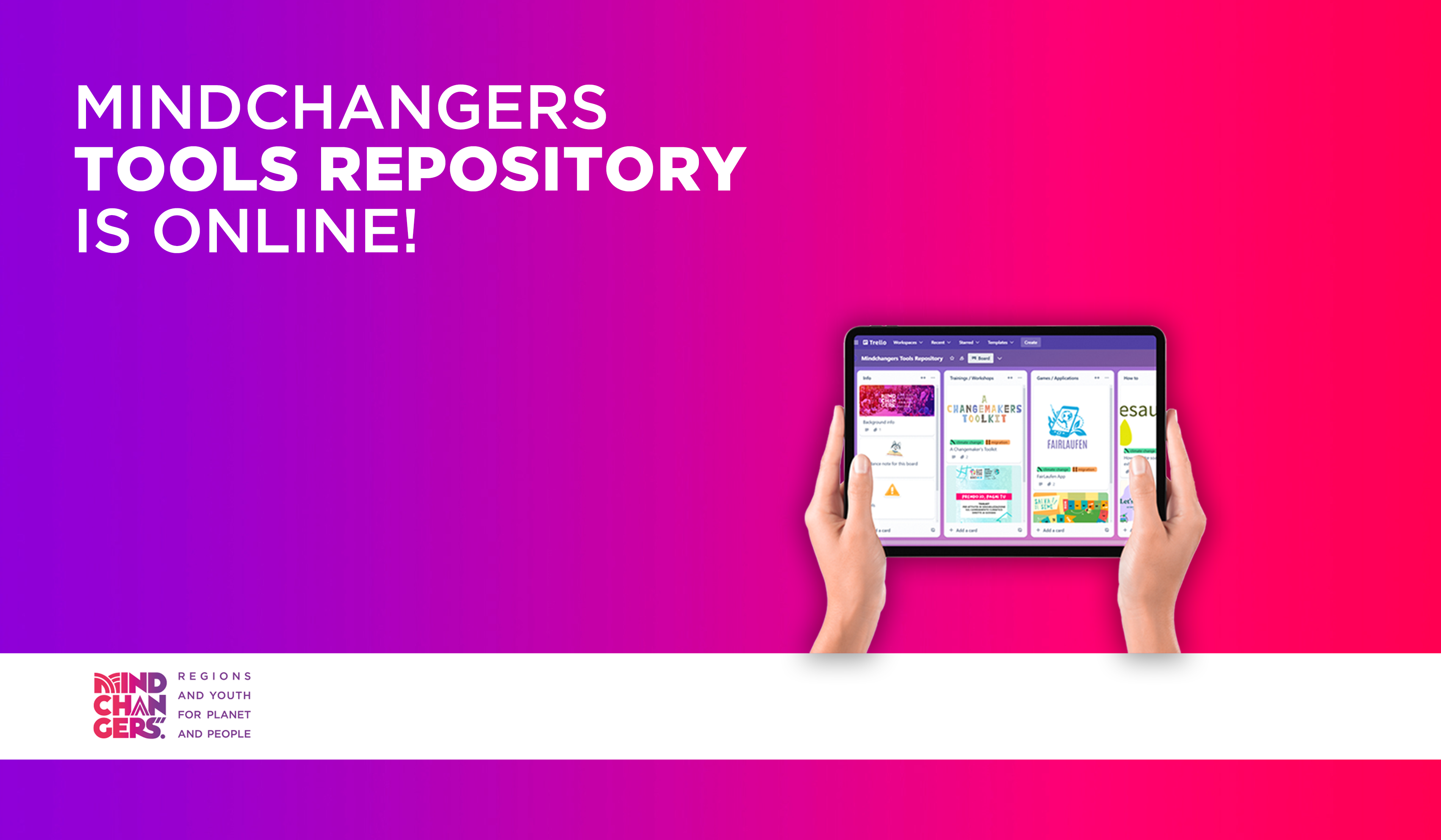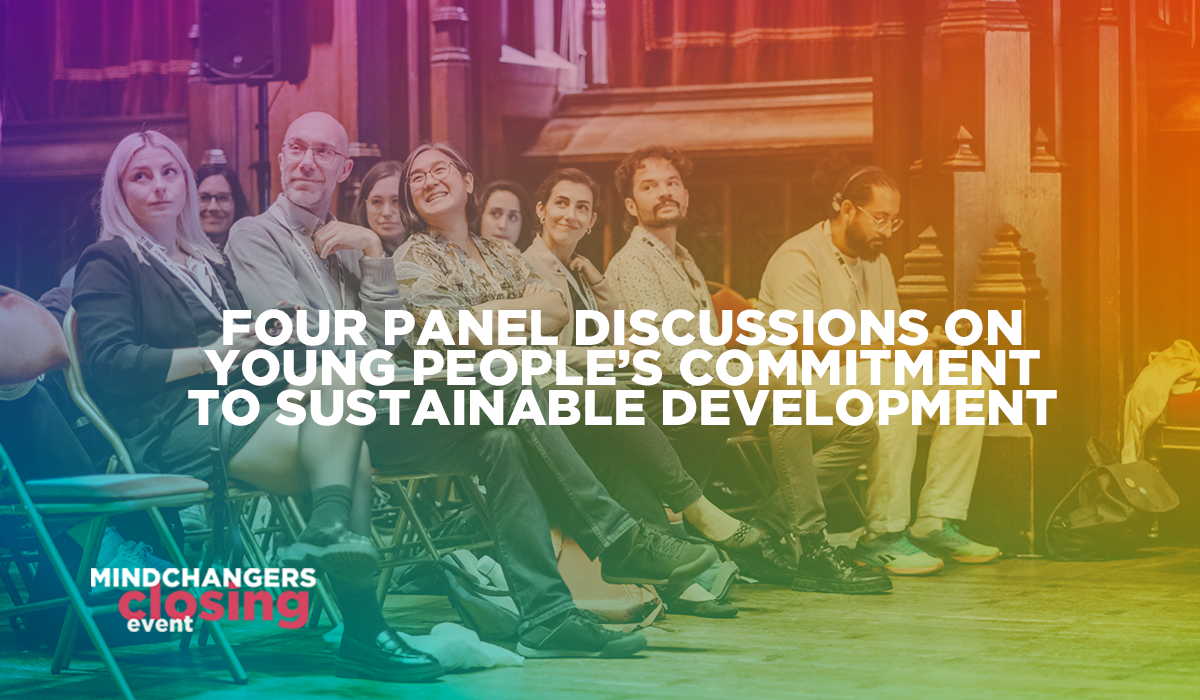This year, InforJeune Entre-Sambre-Et-Meuse is implementing “Hors-Champ” as one of granted projects from the second call for proposals in Fédération Wallonie-Bruxelles.
Hors-Champ is a photography project whose aim is to share a less “conventional” aspect of migration. This phenomenon is often handled in a stereotyped way both by political discourse and the media that relay it. While it is expected from any journalistic work to operate according to a certain framing effect, Hors-champ plays on words and invites young people to go beyond that frame to develop a more realistic and nuanced opinion on migration.
To this end, InforJeune Entre-Sambre-Et-Meuse and their co-applicant Jeune & Citoyen will accompany a group of about ten young people on an awareness-raising journey about migration, while at the same time exploring media literacy and photography. This journey will involve travelling by train, which is in fact the highlight of the project, leading the young participants to choose meeting places where migration becomes a chance to show solidarity.
Hors-Champ is currently in its awareness-raising phase on migration. The first activity was held on Sunday 16 April at InforJeune in Couvin. During this activity, young people were asked to consider their own identity – and the different elements that can define it – so that they could become (more) aware of what defines them. This “self-awareness” stage is indeed the first necessary step in an intercultural approach like the one proposed by Margalit Cohen-Emerique. In the afternoon, the group then went to the Fedasil centre in Couvin for a meeting with the women and men who compose the team of frontline workers. This was an opportunity to learn more about the reality of administrative detention centres (or ‘closed centres’) as well as the intricate procedures that either allow migrants to stay or force them to leave.
The group met again the following weekend, this time for two days, on 22 and 23 April in Namur. The programme still included awareness-raising activities, but they focused more specifically on migratory pathways, discussing among other things the typology of individuals (migrant, non-accompanied minor, refugee, asylum seeker, undocumented person), the Geneva Convention, the Dublin Regulation, specific asylum laws in Belgium as well as economic data linked to migration with the help of “Occident Express”, a tool developed by InforJeune Entre-Sambre-Et-Meuse.
Coincidentally, this weekend also fitted in perfectly with the University of Namur’s fortnight on intercultural approaches. The group could therefore visit two photo exhibitions dealing with topics of interest to them, such as “Atelier Photo Interculturel” and “This is Evidence” (https://www.thisisevidence.com/), which proved a great opportunity to get inspiration for the upcoming reportage. The two days were also filled with informal moments to help strengthen the group’s cohesion.
The focus is now on June as another weekend of activity will take place, this time focusing on media literacy, before the whole group grabs their cameras and start preparing their summer trip together.






